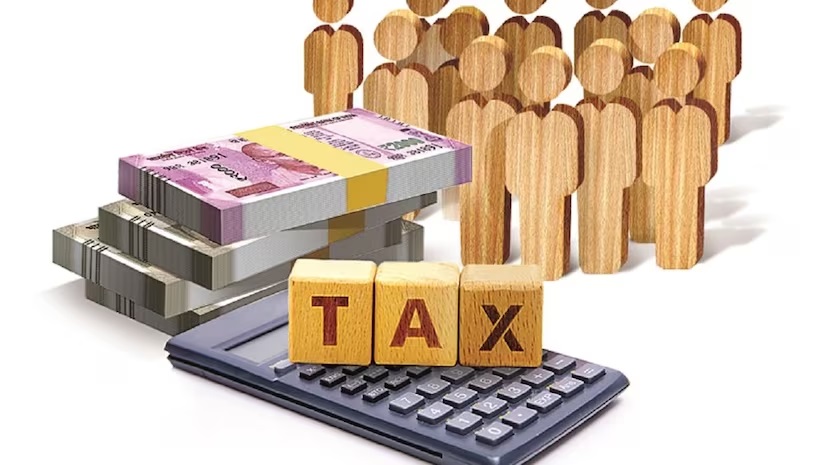- 2 October 2025
- Posted by: rc-admin
- Category: Employment Law

Revenue announces window for correcting tax issues concerning misclassification of employees as self-employed contractors
On 11 September 2025, Revenue announced that employers will have the opportunity to correct payroll tax issues for 2024 and 2025 without facing interest or penalties: –
- where they have misclassified staff as self-employed contractors rather than employees
- having acted in good faith relying on caselaw and guidance prior to the Supreme Court Judgement in the Revenue Commissioners v Karshan (Midlands) Limited t/a Domino’s Pizza (“The Karshan Decision”).
The window to avail of this opportunity is open until 30 January 2026.
Employers must submit disclosures no later than Friday, 30 January 2026, and ensure all liabilities are paid in full via REVPAY. Alternatively, a Phased Payment Arrangement (PPA) may be requested, but such a request must be made at the time of submitting the disclosure.
Revenue cautions that where an employer fails to take this opportunity to review its workforce practices and make a relevant disclosure, and the liabilities from misclassification subsequently come to light, tax, interest and penalties will be applied in full.
Below is a link to the Revenue Guidelines on Settlement arrangements:-
Karshan disclosure opportunity guidance – [Karshan disclosure opportunity guidance]
From a tax perspective, the classification of an individual as either an employee or a contractor directly determines who is responsible for deducting and remitting the relevant taxes to Revenue, namely income tax, Universal Social Charge (“USC”), and Pay Related Social Insurance (“PRSI”).
- Employee: The obligation rests with the employer.
- Contractor: The obligation rests with the self-employed contractor.
Revenue has previously encouraged that all businesses who utilise self-employed contractors to familiarise themselves with the implications of the Karshan decision and to review their workforce accordingly.
In May 2024, Revenue issued a detailed guidelines for determining employment status for taxation purposes arising from the Karshan Decision (“The Revenue Guidelines”). The Revenue Guidelines explain a five-step decision making framework that businesses are required to use to determine whether a worker is an employee of self-employed and contains useful examples. A link to those guidelines is set out below:-
Part 05-01-30 – Revenue Guidelines for Determining Employment Status for Taxation purposes
In addition to the Revenue Guidelines, the Department of Social Protection, Revenue and the Workplace Relations Commission have issued a joint Code of Practice on Determining Employment Status in October 2024 which was updated in May 2025 (“the Code”):-
code-of-practice-on-determining-employment-status-cb301d37-93cb-4fbf-b45c-6997ed370f04.pdf
The Code notes that employment status has implications for: –
- Pay Related Social Insurance (PRSI) contributions and social welfare benefits.
- Tax treatment
- Employment rights
The Department of Social Protection determines employment status for the purpose of deciding the appropriate class of PRSI, Revenue decides employment status in relation to tax treatment and the Workplace Relations Commission decides employment status when adjudicating employment rights complaints.
A decision by any one of the three bodies does not bind the others.
An example of the difference in treatment can be seen in the provision of workers through a company. The Revenue Guidelines state that: –
“Any engagement of companies by businesses cannot be contracts of service or employments for taxation purposes”
However, in the relatively recent decision of the Workplace Relations Commission of Paul Lingard v Randridge International Limited (In Examinership), the Workplace Relations Commission held that a construction / civil works manager was an employee even though the contractual relationship was between his private limited company and Randridge. This case demonstrates that the WRC will look behind the corporate veil at the reality of the relationship to determine if employment rights apply.
Businesses should review their workforce to assess the classification of workers by reference to the Revenue Guidelines and the Code. If reclassification is required, this could give rise to more complex questions about how to rectify misclassification and what that means for previous mistreatment of benefits or rights.
If you require any assistance, please contact Laura Graham lgraham@reddycharlton.ie
